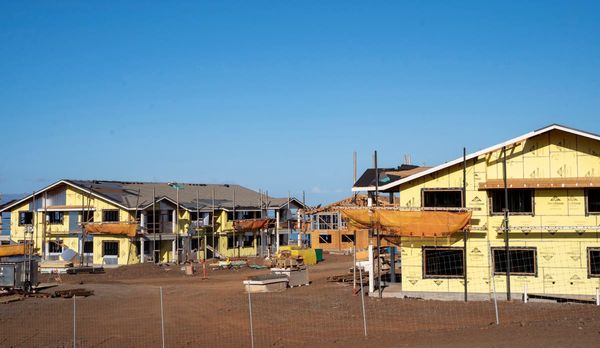
The recovery of 140 threatened species in Victoria depends on the restoration of environmental flows in the Murray-Darling basin, according to new research commissioned by Environment Victoria.
The report found the Australasian bittern, Australian painted snipe, Sloane’s froglet and Murray cod were among the species at very high risk of extinction and called on the Andrews government to end its opposition to commonwealth water purchases when ministerial talks about the Murray-Darling basin plan resume.
“This report reveals the shocking truth that by denying water to the rivers and wetlands of the Murray-Darling, the Andrews government is increasing the likelihood that 140 threatened species will become extinct,” said the chief executive of Environment Victoria, Jono La Nauze.
“Threatened species need real water returned to the rivers and wetlands where they live, and the most straightforward and effective way to do that is buying it from irrigators.”
Both the Victorian and New South Wales governments have opposed further buybacks of water to deliver the basin plan’s shortfall in environmental water.
The Environment Victoria analysis examined threatened species found predominantly in low-lying areas of the southern basin and which are listed as threatened under Victorian or commonwealth legislation. It includes species found in floodplain, wetland and river habitats and which have particular freshwater requirements for breeding and habitat that can only be met by managed environmental flows.
It found 48 animals and 92 plants, including 30 species classified as threatened at federal level, would be dependent on restored environmental flows for their recovery.
“If the Victorian government is serious about bringing these animals and plants back from the brink of extinction, they need to revise their position on the Murray-Darling Basin plan to allow the commonwealth to purchase more water for the environment. Failing to do so is a choice to put those species at greater risk of extinction,” La Nauze said.
The report also calls for a new approach to negotiations for overbank flows to allow water to reach floodplains where many of these species have habitat.
Under the plan, Victoria and NSW have promised to remove or adapt thousands of “constraints” such as low-lying roads, bridges and structures that could be damaged or prevent managed floods.
Jamie Pittock, a professor at the Fenner school of environment and society at the Australian National University, said the basin plan, to date, had failed to help species to recover and one of the reasons for that was “a failure to get environmental water out of the river channels and on to the floodplains and wetlands where most threatened species live”.
“Another reason is there is simply not enough water and there is a need for the federal government to complete the acquisition of the water in the basin plan,” he said.
A spokesperson for the federal environment minister, Tanya Plibersek, said it was the government’s job to prepare Australia for the next dry stretch and the basin plan signed on to by all basin states and the commonwealth was the “best insurance policy”.
The spokesperson said environmental flows were critical to keeping ecosystems alive and supporting river communities in Victoria.
“That’s why the government is committed to delivering the Murray-Darling basin plan in full which includes the additional 450GL.”
A Victorian government spokesperson said securing environmental outcomes under the basin plan required more than just adding water.
“Victoria remains focused on delivering the basin plan, as agreed, with positive outcomes for the environment, communities and regional economies across the entire basin including the Darling River,” the spokesperson said.
“That’s why we’re working with the commonwealth to extend the basin plan deadline to ensure Victoria’s environmental projects can be completed and deliver 95 per cent of our water recovery target without harming communities …
“Projects like the Victorian Murray Floodplain Restoration Project are using proven and effective means of getting water to where it’s needed at the right time – particularly in a changing climate – to enable bird breeding and regenerate native species.”







